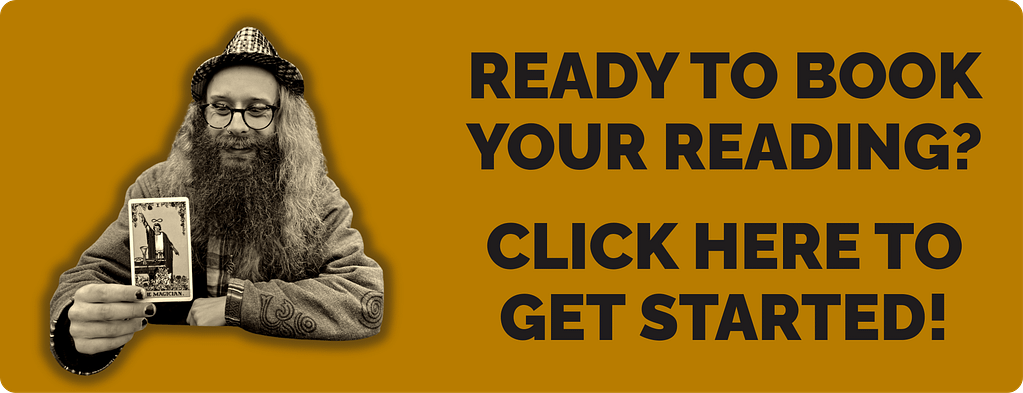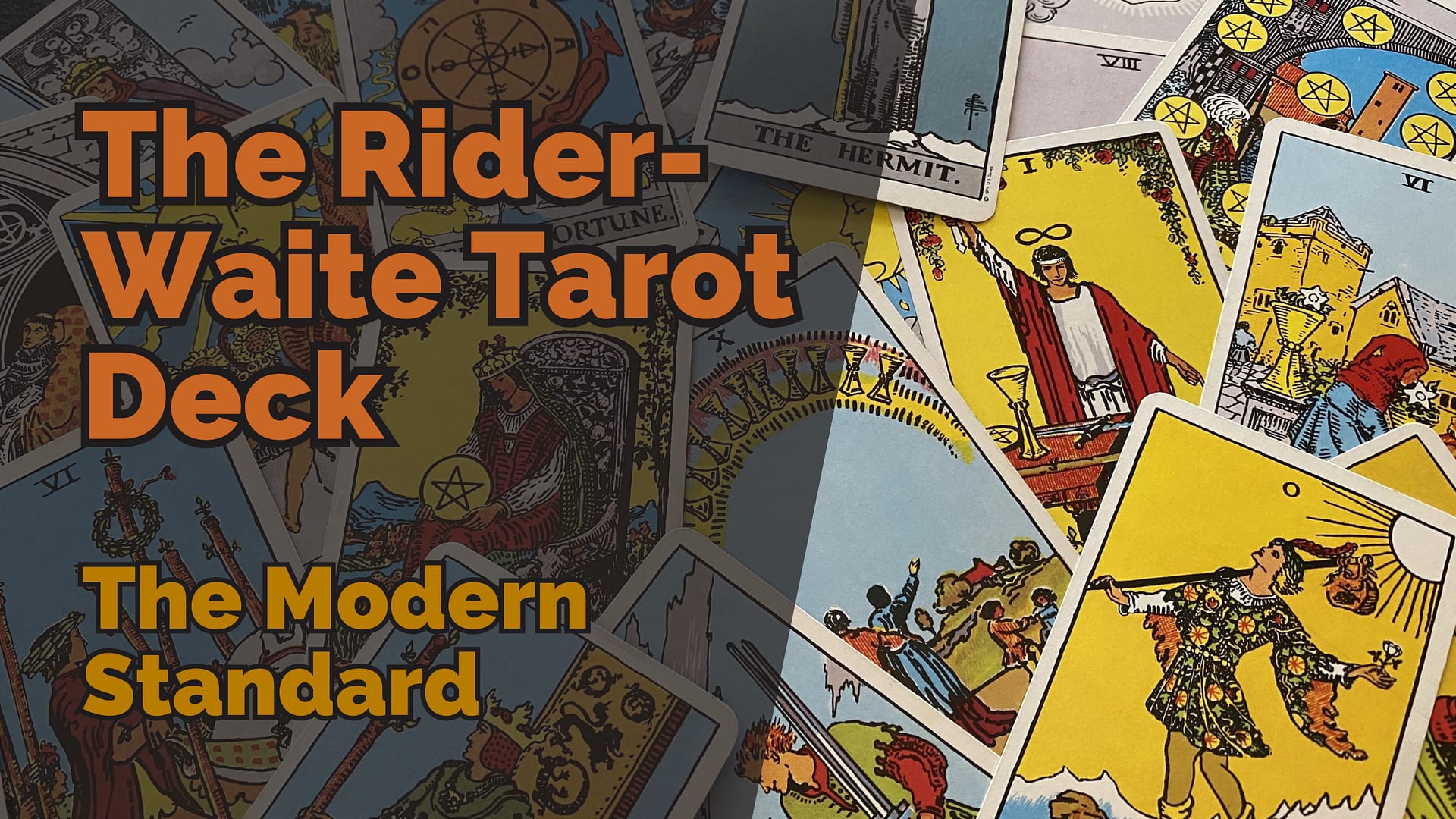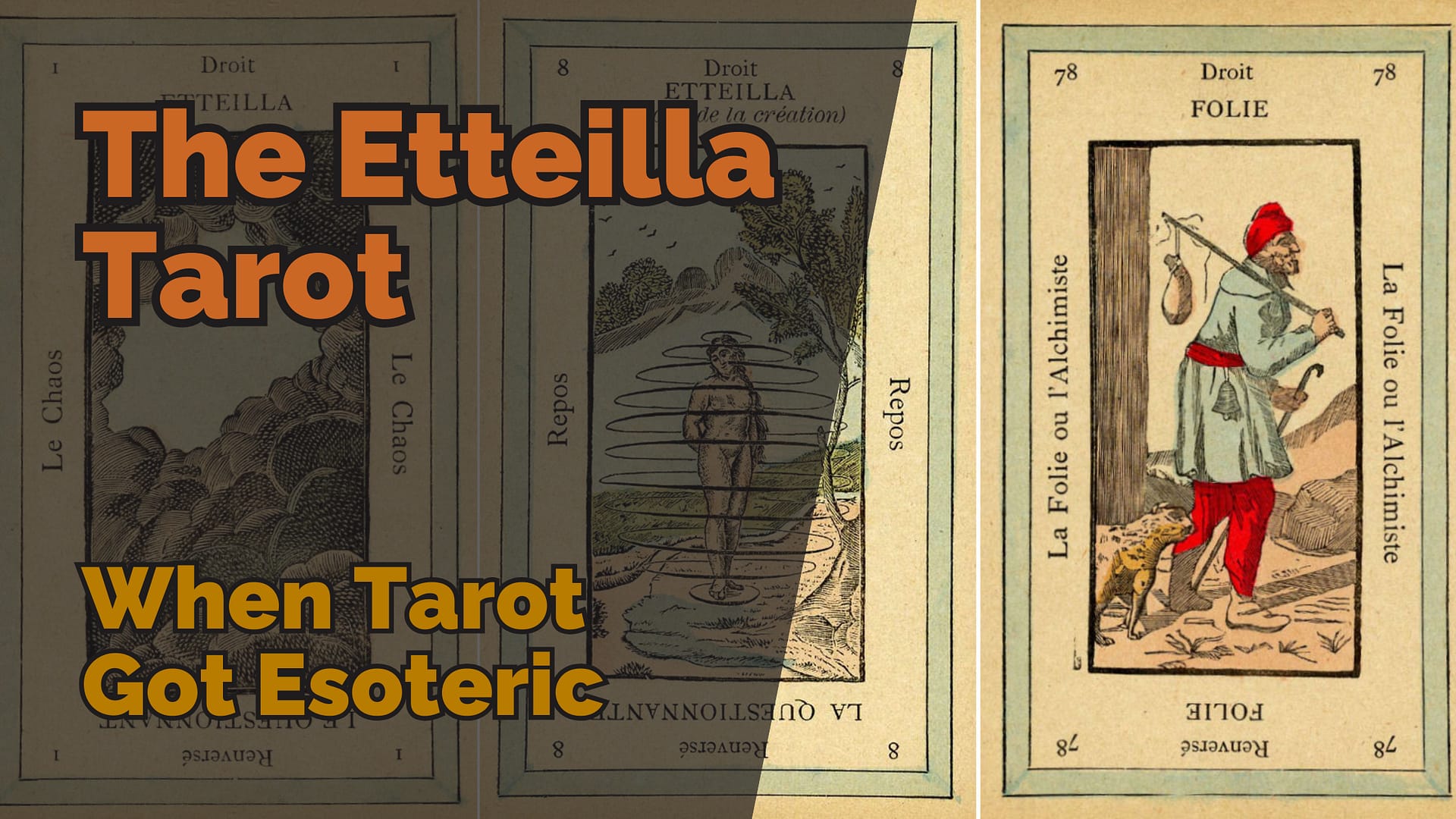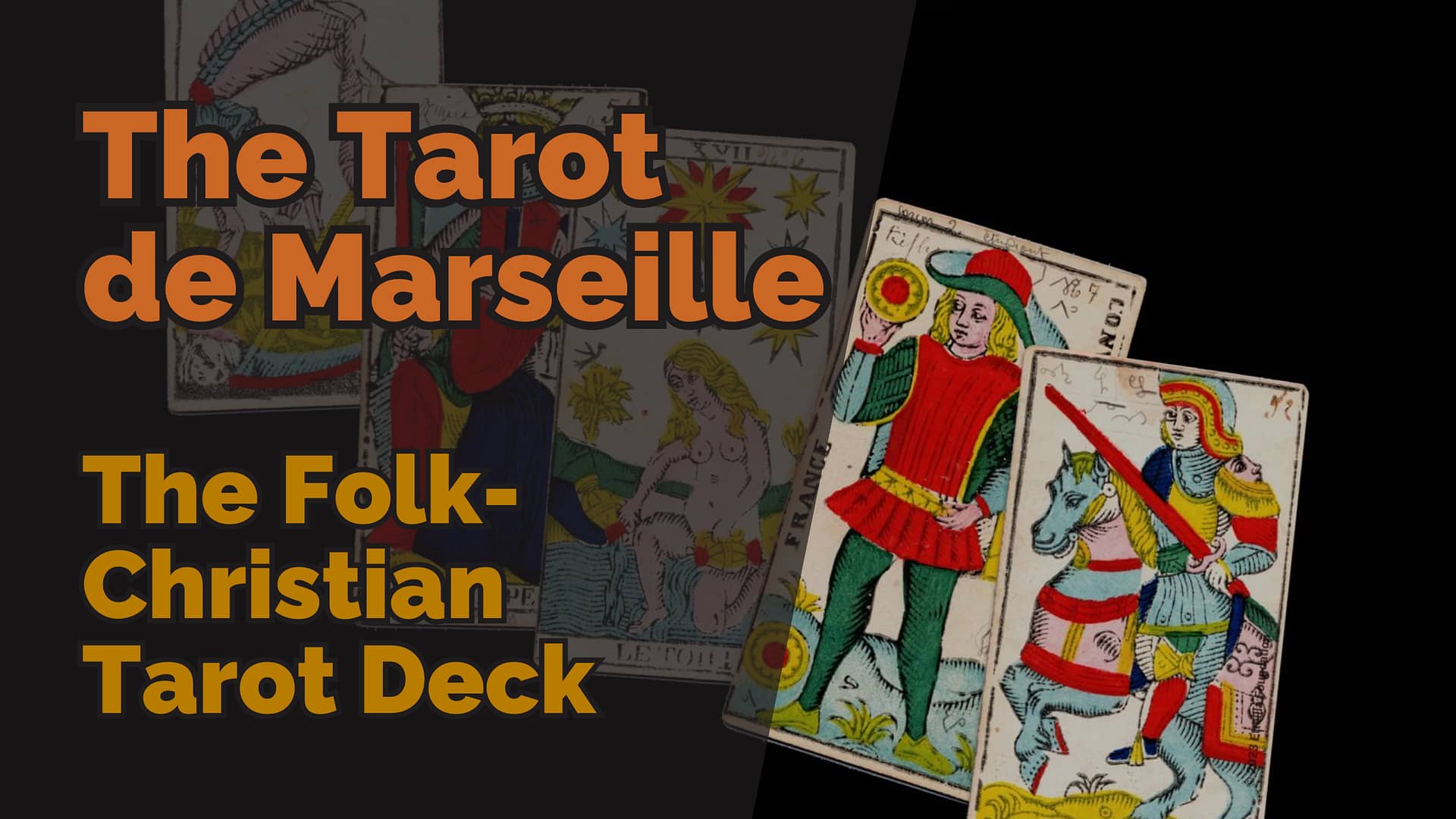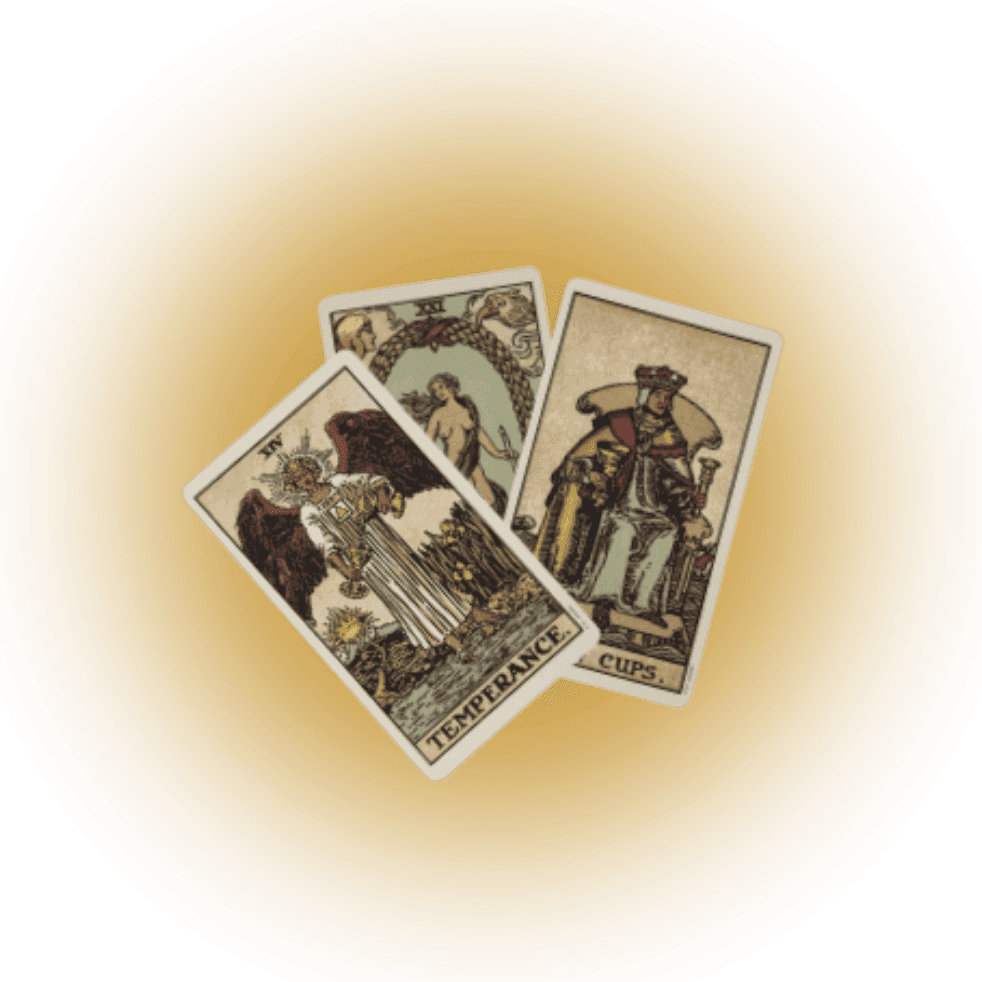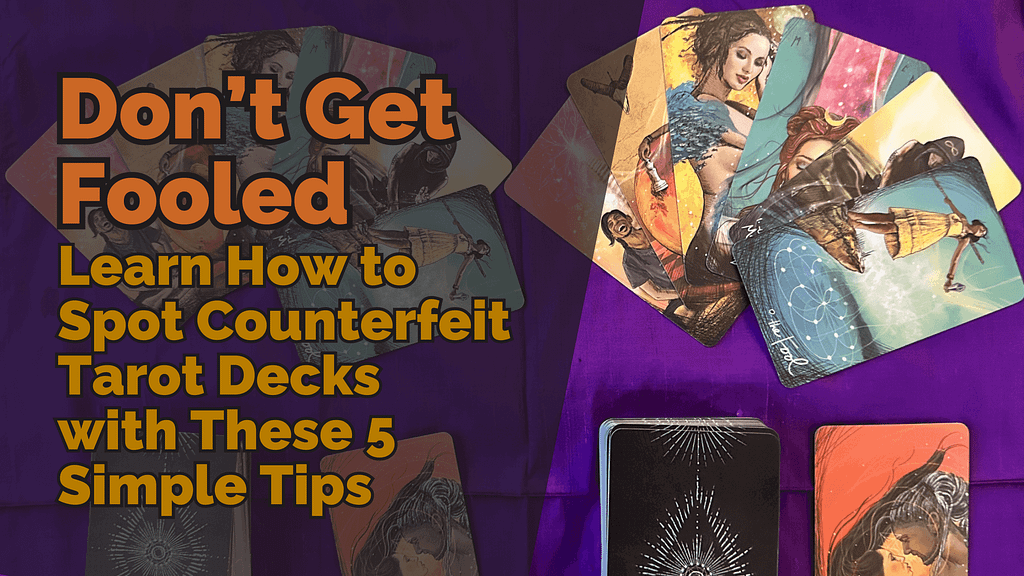
Table of Contents
Counterfeit tarot decks are flooding the market, and it’s more important than ever to know how to avoid them. They cheat artists and creators and present practical and spiritual problems. Here’s why you need to avoid them and how to spot these fakes.
Real-life Experience: My Encounter with Counterfeit Tarot Decks
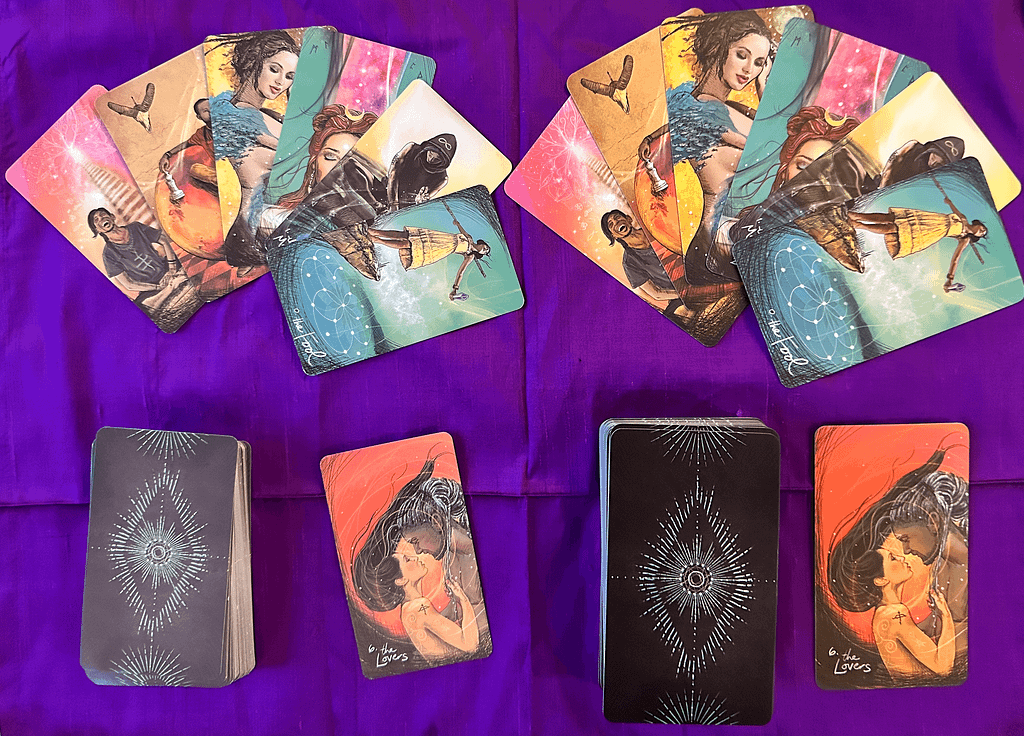
About a year ago, I stumbled upon some tarot decks on TikTok Shop just after it launched. I was shocked and excited to see decks being sold for as little as three pounds each. I quickly ordered six or seven decks, thrilled by the apparent deal I was getting on these decks I’d been eyeing for a long time.
When they arrived, my excitement turned to disappointment. The boxes were much smaller than expected, and none of the decks included guidebooks or any information about the artist’s intentions behind the cards. The cardstock was thin, and the images were desaturated and poor in quality. Despite my hopes, using these cards in my readings felt off. They had a strange, unsettling energy, and my friends agreed when I showed them the decks.
These decks now sit on a shelf in my tarot reading space, but I rarely use them. Occasionally, I reference them to show someone a specific tarot deck, but they serve more as a cautionary tale than practical tools. When a friend showed me their authentic Thoth deck, I was stunned by the difference in quality and detail. The counterfeit Light Seer’s Tarot I had brought to a tarot circle paled in comparison to my friend’s authentic mini and full-size versions, which had vibrant colours and superior cardstock.
I’ve since seen more counterfeit tarot decks popping up, not just on TikTok Shop but on other sites and even in some shops. If you’re a small business owner, avoid selling these fakes. They create a bad experience for customers and damage reputations.
Why Counterfeit Decks Are a Problem
Ethical Issues
Buying counterfeit decks is stealing from the artists who spend years developing them. These artists don’t see a dime from the sales of fake tarot decks, and it’s effectively stealing their intellectual property. Supporting counterfeit tarot decks means you’re contributing to unethical practices, which harms the tarot community.
Poor Quality
Fake tarot decks are notorious for their low quality. They often use flimsy cardstock, resulting in cards that are thinner and easier to damage. The print quality is usually poor, with colours that are faded or misaligned images. Genuine tarot cards are typically 2.75 x 4.75 inches, but counterfeit tarot cards are often smaller and less durable. Imagine doing a reading with cards that fall apart in your hands – not exactly confidence-inspiring, right?
Missing and Duplicate Cards
It’s not uncommon for counterfeit tarot decks to have missing or duplicate cards, making them unreliable for readings. These decks might also come with cards packaged in a random order, adding to the confusion and frustration. Authentic decks ensure every card is accounted for and properly packaged, ready for immediate use.
Lack of Guidebooks
Many counterfeit tarot decks come with a QR code instead of a proper guidebook. Scanning these codes can expose your device to malware or phishing sites, posing a significant security risk. Authentic tarot decks include a comprehensive guidebook that helps you understand the meanings and nuances of the cards, enhancing your readings.
Spiritual and Energetic Concerns
Bad Energy
Using a counterfeit tarot deck can negatively impact the energy of your readings. These decks are produced unethically and carry that negative energy, which can affect the authenticity and clarity of your readings. Authentic tarot cards carry the energy and intention of their creators, which is crucial for effective readings. When you use a fake deck, you’re inviting bad energy into your practice, which can distort your readings and lead to inaccurate interpretations.
Lack of Connection
Genuine tarot decks are created with intention and energy by their creators. This energy is often missing in counterfeit tarot decks, leading to a lack of connection and resonance with the deck. This can affect the quality of your readings and make it harder for you to connect with the cards. A real deck is imbued with the spirit and passion of its creator, which translates into a more meaningful and powerful reading experience.
How to Spot a Fake Tarot Deck
1. Check the Price
If the price seems too good to be true, it probably is. Counterfeit tarot decks are often cheaper, but some are sold at regular prices to deceive buyers. Always compare prices and be wary of significant discounts on high-quality decks.
2. Examine the Packaging
Authentic tarot decks come in sturdy, well-designed boxes with detailed artwork and information about the creator and publisher. Counterfeit tarot decks often come in flimsy boxes and might have QR codes on them. The packaging of a genuine deck reflects the care and thought put into its creation, whereas counterfeit packaging is usually minimal and generic.
3. Review the Card Size and Quality
Genuine tarot cards are usually 2.75 x 4.75 inches (7 x 12 cm). Counterfeit tarot cards are often smaller and printed on low-quality paper. The difference in size and quality is noticeable, and authentic cards will have a more substantial feel to them.
4. Find Out if it Includes a Guidebook
Real tarot decks include a printed guidebook. Be wary of decks that offer a digital guidebook via a QR code. Authentic guidebooks provide valuable insights and interpretations that enhance your readings, whereas digital versions can be incomplete or inaccurate.
5. Research the Seller’s Reputation
Avoid buying from dubious online marketplaces like Wish, AliExpress, Shein, TikTok Shop, and Temu. Instead, purchase directly from the artist’s website, reputable bookstores, or holistic shops. Reputable sellers will often have reviews and ratings that can help you verify the authenticity of their products.
Should I Buy a Tarot Deck from Shein?
No. Shein and similar sites often list counterfeit tarot decks. These decks are usually cheaper and lack the quality and authenticity of real tarot cards. Stick to reputable sources to ensure you’re getting a genuine product. Counterfeit decks can negatively impact your readings and carry unethical energy.
Should I Buy a Tarot Deck from TikTok Shop?
It’s risky. TikTok Shop has many counterfeit listings. My personal experience showed that the decks were of poor quality, with thin cardstock and desaturated images. They lacked guidebooks and had an unsettling energy. Verify the seller’s reputation before purchasing to avoid disappointment and ensure you’re getting an authentic deck.
Should I Buy a Tarot Deck from Temu?
Avoid it. Temu is known for selling fake tarot decks. These decks often come at a lower price but compromise on quality and authenticity. It’s best to buy directly from the creator or a trusted retailer to ensure you get a high-quality, genuine tarot deck.
Should I Use a Counterfeit Tarot Deck?
No. Using counterfeit tarot decks harms the creators and compromises the quality and authenticity of your readings. These decks carry negative energy and can distort your readings. It’s best to invest in authentic decks to ensure accurate and meaningful readings.
Should I Buy a Counterfeit Tarot Deck?
Definitely not. It’s unethical, supports illegal practices, and gives you a subpar product. Counterfeit tarot decks are often of poor quality, lack proper guidebooks, and can negatively impact your readings. Always purchase from reputable sources to support artists and get a genuine, high-quality tarot deck.
Conclusion
Counterfeit tarot decks harm the creators and compromise the quality and authenticity of your readings. Always check the price, packaging, card size, and guidebook to ensure you’re getting a genuine deck. Stick to purchasing from reputable sources to support the artists and ensure you receive a high-quality, authentic tarot deck. For reliable options, check out my curated collection at Moon Chi.

